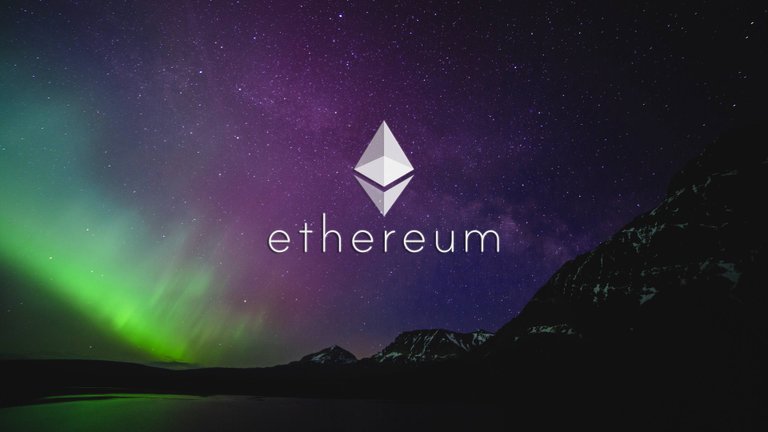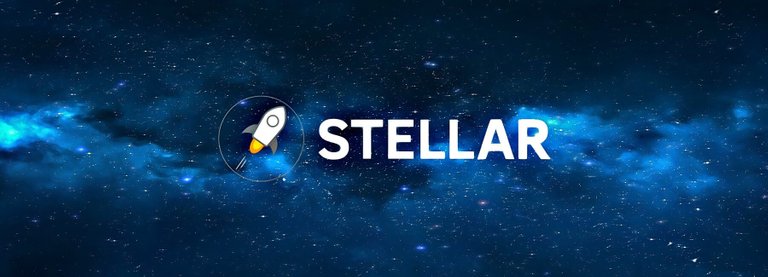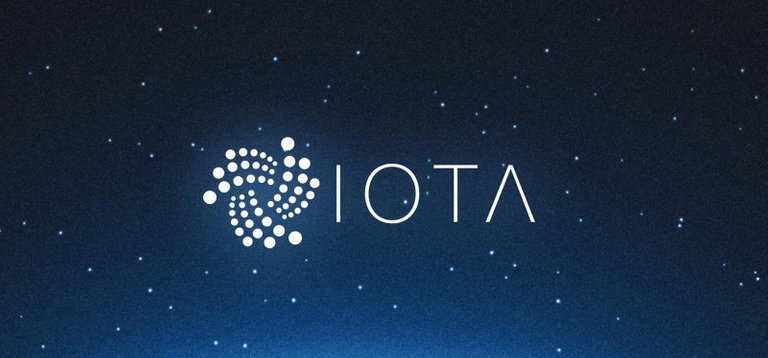Below this is 5 in the number of the promise encrypted project with the potential resources.
1. Ethereum
Since the Ethereum ethernet be be started on the date 7 year 2015, your cash also also be called as ethereum, or ether (ETH) - the certificate is the common of your own for the first house. Đó là do the symbolic animation speed speed, do đó, with bitcoin, and it is also applied to a extended width.
To evaluate the benefits of ethereal electronic money, we first need to understand what Ethereum is. The project is a decentralized, open source computing platform, distributed community, and running smart contracts (applications that run correctly, without the ability to crash, censorship, fraud, or whatever. any third party intervention.
Ethereum has created hundreds of DApp (decentralized applications), developed and deployed by developers. This blockchain technology has many other applications, digital money is just one of them.

In Ethereum protocol and blockchain, there is a price per operation. Ether is simply an electronic currency unit used on Ethereum blockchain, and is used to pay for time calculations and transaction fees.
Founder of the Ethereum platform was Russian-Canadian programmer Vitalik Buterin, which helped the Ether become the second largest crypto platform in terms of market capitalization.
Buterin published the Ethereum white paper in November 2013, setting out to create a platform on which decentralized applications could be built.
The Ethereum project raised nearly $ 20 million in funding before launching in July and August 2014. The platform has thus far achieved great success, thanks to the support of some " have mind ". The United Nations, Toyota, Deloitte and many others have taken advantage of Ethereum's heavily shared global infrastructure. In addition, large financial institutions, such as JP Morgan and Credit Suisse, as well as technology giants, including Microsoft, have invested heavily in the project, thereby increasing the chances of completion. into its goals.
Experts hope the Ethereum platform will scale up and become a popular feature of post-blockchain internet and enterprise context. The potential for both Ethereum and ether is enormous.
2. Stellar
The Stellar network is an open source blockchain that allows cross-border transactions, equal access for all users. Launched in 2014, Stellar is the brainchild of former Ripple Labs founder Jed McCaleb, after he and the rest of the board have ideas that contradict the overall vision of the project.
The idea behind the project is to bring currency into fiat or digital, allowing people to have access to the system faster, cheaper and more efficiently in the process of cross-border transactions. .

Stellar uses Lumens (XLM) as its currency. Initially 100 billion lumens were created, but the current supply is infinite (lumens has an annual growth rate of 1%). The current transaction time when using lumens is very small, only takes two to five seconds to complete. Not only the speed of trading is fast, but the cost of trading using lumens is just 0.0001 XLM.
Stellar's partner organizations - dubbed "anchors" - trusted institutions such as banks or credit card companies that allow people to use the platform with assets like sterling and euro, etc.
Stellar has an impressive feature set, which is that it is a decentralized exchange platform suitable for buying and selling offers from anchors to keep money, always trying to find the best exchange rate. Stellar networks can be used to exchange any currency held by anchors, including other electronic currencies.
Significant partnerships with IBM and Deloitte, fast transaction times as well as low cost, make Stellar a promising future.
3. IOTA
The purpose of the IOTA project is to become the general ledger for Internet of Things (IoT). The number of project supporters is increasing, believing that the project uses unique Tangle architecture, which has some unique advantages over other cryptos based on blockchain. Specifically: its scalability is infinite, decentralized, modular and with no transaction fees.

In 2018, there are about 31 billion Internet-based devices (IoT) in the world, according to London analysts IHS Markit. That number is growing exponentially, with millions of new sensors added every week, making the planet more connected than ever.
David Sønstebø, founder of IOTA, believes he has come up with a new solution that will be the backbone of the IoT world. He said IOTA, an open source accounting accounting protocol, was "beyond blockchain" and was developed to allow "model transformation" into IoT by setting up a "real standard ledger" ".
This cryptocurrency will allow the exchange of data between IoT-equipped sensors. IOTA electronic money is part of the overall platform, and is designed to serve as a general payment method for transactions that take place on IOTA.
Important, unlike most other cryptos, the IOTA platform does not use a blockchain. Instead, it is supported by an infinite technology that its creators call "Tangle". Developers think that this design will make a difference to IOTA before all other major crypto.
The platform also eliminates the peachers, without losing the hierarchy. And so, IOTA is free to use.
Here everyone will play an equal role in the network. Each time a transaction is made, the issuer needs to authenticate two previous transactions. This process uses a variety of encryption algorithms, as well as some other sophisticated techniques, to accomplish this task.
The community will increasingly be linked through IoT technology, and more and more people using the IOTA platform, its transaction speed will be even more impressive than it is now.
4. EOS
Will EOS.IO be able to become "Ethereum Killer" as more and more people are supporting it? Signs that it is really promising. White paper on the project in Hong Kong was published in 2017 and did not take up too much time for EOS (EOS) - blockchain system tokens to support the decentralized application platform (DApp) - to join the top. The top 10 crypto in market capitalization.
The EOS.IO platform was launched in late January 2018 by block.one, a startup and pioneer company in the blockchain space, specifically aimed at promoting DApps and smart contracts.

Surprisingly, block.one called up more than $ 4 billion in initial ICO issuance - a record. That means that research and development may continue on a large scale for decades (theoretically).
Like Ethereum - having ether (ETH) is the second largest crypto on the market at the moment - NEO and Ripple Labs, EOS.IO is aiming to become a potential player in the blockchain field.
To do this, the development team has created a standard platform for the use of new technology and the ability to change the world, transforming the way it works in finance, healthcare and many industries. another in the direction of technology and modernization.
5.DASH
Dash (DASH) is a combination of "digital" and "cash". It's an open source peer-to-peer, offering the same features as bitcoin, but it's important to have more advanced capabilities. These include instant transac- tions, private transactions, and 'DGBB'.
It is one of the most popular electronic money in the world for investors since its inception in early 2014. Much of it is due to its impressive trading speed.
Evan Duffield founded Dash - originally called XCoin and then Darkcoin, shortly after, was renamed to March 2014. Dash helped Dash to quickly star in the community. The crypto coin is the processing time of it.

The platform of Dash has been compared to PayPal (a company that provides payment and money transfer services over the Internet), and its tokens are well established and quickly become one of 10 crypto stores. head. One reason many tech enthusiasts invest in this currency is its portfolio diversification and can be considered a risk-taker against bitcoin.
In addition to the bitcoin features, Dash also provides InstantSend and PrivateSend transactions. In addition, it also operates a self-managed and self-funded model, which allows Dash to pay individuals and businesses to do the work, adding value to the network. This administration and budget make it a decentralized autonomous organization (DAO).
* * This article is for reference only and not an investment recommendation. If you like it, please like, share and comment your review.*